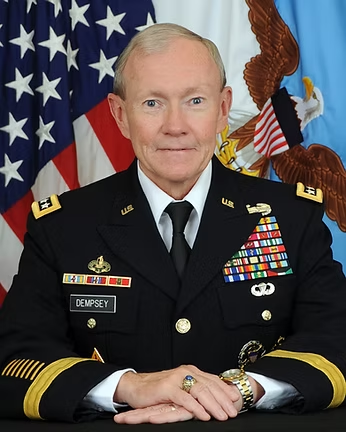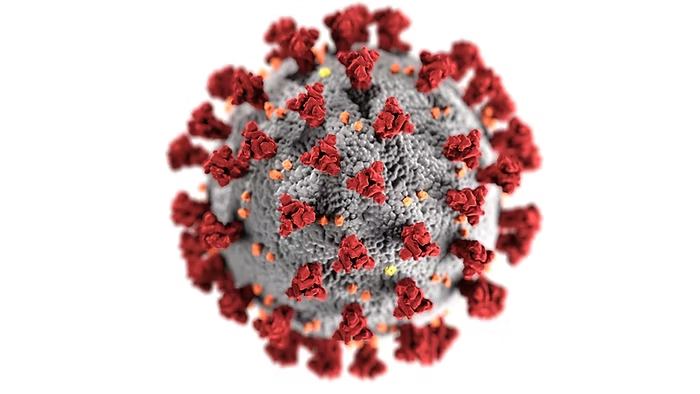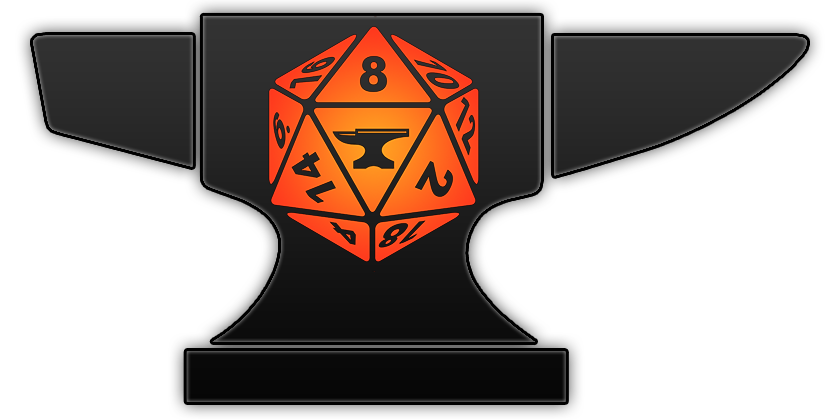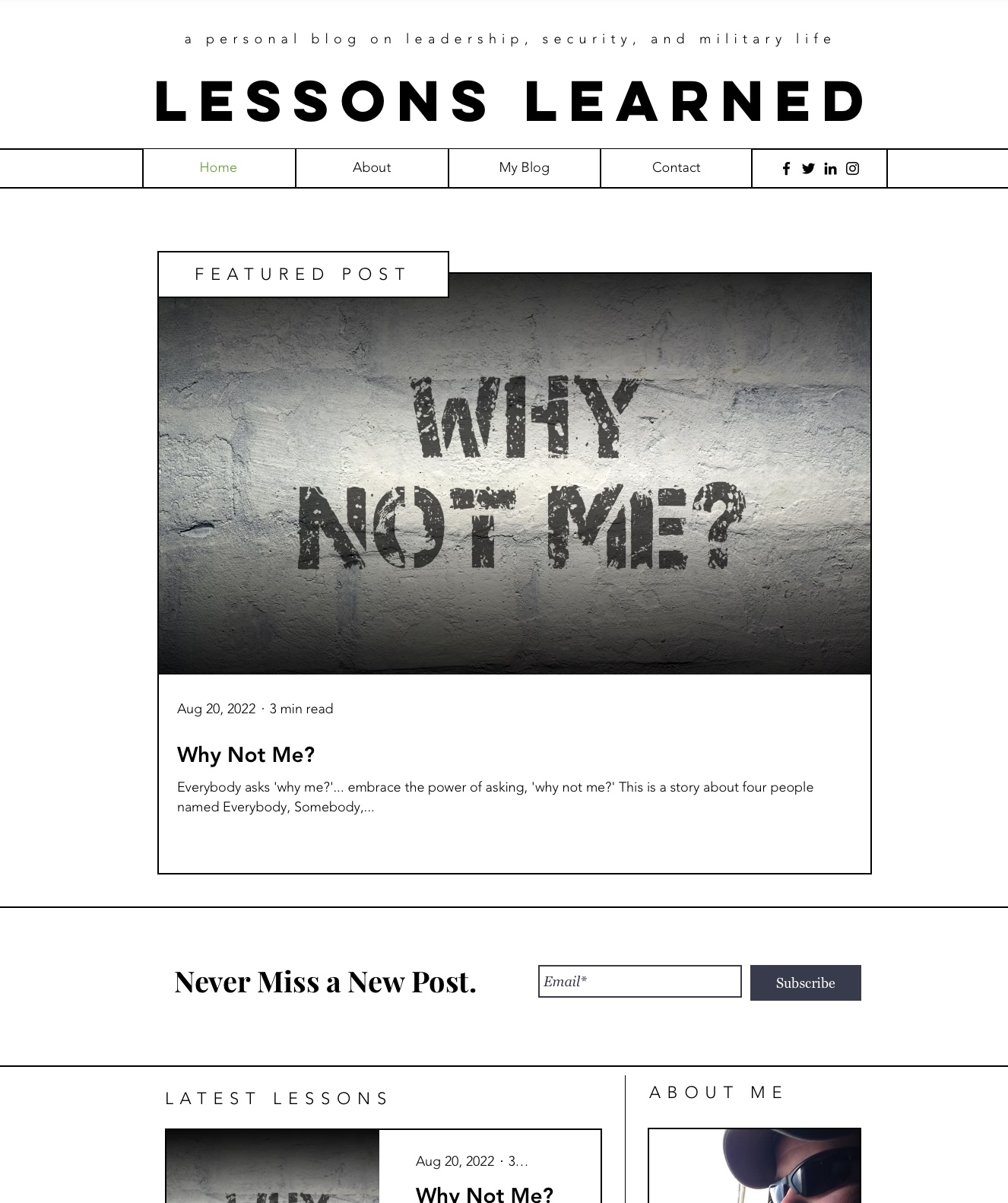The circumstances forced by a constantly evolving viral pandemic force us to a Mission Command environment. What is Mission Command, and why does it apply?
“Mission command is the conduct of military operations through decentralized execution based on mission-type orders. Successful mission command demands that subordinate leaders at all echelons exercise disciplined initiative and act aggressively and independently to accomplish the mission.”
– Joint Publication 3-0 “Joint Operations” 11 Aug 2011
Over the past several months, I’ve done my best to lead my organization through an unprecedented global pandemic. To call it a challenge is an understatement; we must steadily walk the line between accepting risk for the sake of our mission and not letting anyone get unnecessarily hurt. Throughout all of this, those I’m entrusted with leading keep on asking for the same thing that I ask those above me: “What do we do when X happens?”
In the U.S. military, we like to believe that there’s a plan sitting on the shelf for every contingency that some poor group of planners spent months crafting years ago. All we need to do is go into the dusty vaults, blow the dust off, and instantly have a series of flow charts, decision matrices, and – of course – artfully packed PowerPoint slides. The problem is that this is unprecedented. Furthermore, it’s made more complex by continually evolving science that is all-too-often undermined by citizens and politicians exercising (faux) skepticism because it fails to appeal to their inherent bias and interests. If the leadership in your organization appears to be flying by the seat of their pants on this one… well, they are. We all are.
I heard one senior leader describe this environment to working under “mission-style orders,” and I knew exactly what they were talking about: mission command.

Mission Command
Mission command is a concept that the U.S. military describes across much of its doctrine. The term itself occasionally falls in and out of favor, but the idea remains consistent: explicitly grant authority to commanders at the lowest level possible to make decisions based on the circumstances in front of them. Another way you might look at it is, “don’t micromanage your people!”
The 18th Chairman of the Joint Chiefs of Staff, General Martin Dempsey published a phenomenal white paper on mission command in 2012, early in his tenure as Chairman. His goal was to set expectations for leaders throughout the military, encourage delegation, and give people the flexibility to execute based on rapidly evolving tactical conditions. Fundamental to his white paper are three core attributes for successful mission command: understanding, intent, and trust.
Understanding is all about gaining a clear picture of your environment and refining your ability to discern key insights rapidly. If you’re familiar with the OODA Loop, this is the Observe and Orient portion. It requires a certain measure of experience and intuition to do it well; one could argue that the military tries to mix these implicitly by pairing a junior officer with good intuition with an experienced senior non-commissioned officer. Later on, in one’s career, you’ll see ht opposite, where the senior officer may have more experience but relies on their senior enlisted’s candor and intuition.
Intent is about understanding the desired end state. As Dr. Brené Brown put it in her book, Dare to Lead, it’s important to ask, “what does done look like?” Notice that this is not about telling you how to get the job done, but it may (should) involve progress checks with continual feedback. Having a clear understanding of the environment will directly inform your understanding of the intent.
Trust is the most essential part. You must trust those above you to provide you with a clear intent and the tools to gain an understanding; likewise, you must trust those under you to issue your own mission-style orders. Trust eliminates second-guessing and removes the temptation to micromanage. It should not be done blindly, of course; trust must be earned and maintained in all directions.

The COVID-19 Environment
How does mission command apply to a pandemic environment? Let’s break it down. First, we need to understand what’s going on. This is a challenge, as the science is continuously evolving and recommended protocols for handling it are shifting quickly as new science emerges. That does not mean that we should give up or freeze our protocols because the change is too hard. We still need to constantly re-evaluate the science and reorient ourselves and our understanding accordingly.
Second, we need to capture the intent of the leaders above us in our organization. In this environment, a lot of tasks need to be accomplished differently or set aside. If you have a list of ten core tasks, quarantines may make bar you from accomplishing four of them (due to a lack of manpower, slowed logistics, etc.); which six will you choose to accomplish? Having intent will help you prioritize those tasks and choose the most important ones to the success of your organization and its goals.
Finally (and most importantly), you need to have trust. As long as you’re seeking a firm understanding and remaining transparent, you’ll earn the trust of those under you. By extension, you should trust those above you. That doesn’t mean that you shouldn’t hold them accountable, but if they are demonstrating the same humble approach that you should be striving for, they’re worthy of that trust.
Conclusion
COVID-19 presents several unique challenges to all of us, regardless of your organization. I don’t imagine that my experience in the military is any different from folks across the world, but I do appreciate that our doctrine gives us a blueprint now how to handle it. While we don’t have an easy pre-determined plan, we’ve got a process. Using the mission command approach, we can search for understanding, ensure we have intent and earn the trust of those we lead while building trust in those we follow. In life, as in warfare, sometimes a simple dynamic process is better than all of the flowcharts, matrices, and slideshows in the world.


